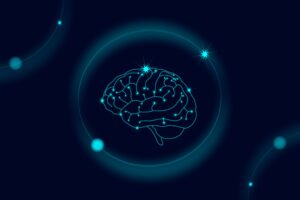
Роскачество включило CogniFit в топ-10 лучших приложений для тренировки мозга
Роскачество опубликовало рейтинг лучших приложений для тренировки мозга, в который вошла платформа CogniFit. Эксперты отметили научный подход CogniFit, удобство использования и разнообразные возможности для развития когнитивных функций.

CogniFit предлагает тренировки, направленные на развитие памяти, внимания, концентрации и других важнейших когнитивных способностей. Платформа использует данные нейропсихологии, создавая персонализированные программы в зависимости от потребностей и уровня подготовки пользователя. Благодаря этому, каждый может подобрать упражнения, соответствующие своим целям — от повышения производительности на работе до улучшения повседневных навыков.
Особенностью CogniFit является её доступность как для детей, так и для взрослых. Это делает CogniFit универсальным инструментом для тренировки мозга, который может быть полезен школьникам, студентам, работающим специалистам и пожилым людям.
Эксперты отметили широкий выбор игр и доступные научные исследования о положительном влиянии когнитивных тренировок на мозг. В мире, где информационные нагрузки постоянно растут, CogniFit становится важным помощником в сохранении ясности ума и когнитивного здоровья.













